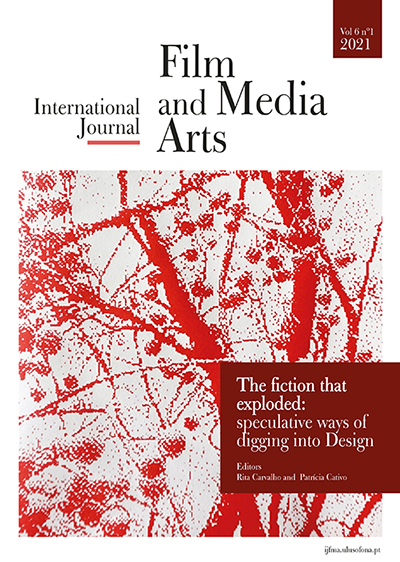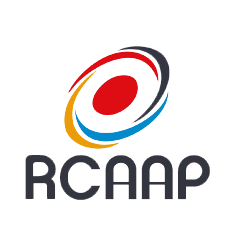O T H E R V I S U A L : Onto the Audiovisual Cooking
Abstract
This paper inquiries about the kitchen as space of vibrant materiality for representation and agency for art, design and architecture practices. On meeting the challenges posed by the coronavirus pandemic, it is not incidental that the 5th Istanbul Design Biennial curated by Mariana Pestana under the theme “Empathy Revisited: designs for more than one” has chosen the kitchen as a means to create spaces of discourses, exchange and collective reflection. Taking into account Jeffrey and Shaowen Bardzell’s view of “What Is ‘Critical’ about Critical Design?” (2013), this paper surveys the biennial’s programme “The Critical Cooking Show” which presents a digital programme of films, lectures and performances that reimagine the kitchen as a space central to design thinking and production.
Deepening our sensibilities as to how criticality occupies design practices, we have to further understand the expanded space of the kitchen and what it really offers to expand the space of design.
From the triangulation kitchen, design and process, evidence is searched for bridging process between the fields of kitchen and design following Buchanan’s theory of rethinking placements over categories by way of signs, things, actions and thoughts. Kitchen and design are thus understood as liberal arts disciplines seeking to privilege a placement-based approach to projectual practice where observations on the speculative allow reflections of the self and modes of action. Pallasmaa’s conception of an architecture of the senses, for whom the role of the body is understood as the locus of perception, thought and consciousness, helps explore and convoke the space of kitchen visited by artists and designers throughout recent history, as a means to establish relations between theories, processes, and projectual methodologies in kitchen and design. The reading of the space finds its translation through diverse processes applied by these creators leading to an understanding of a kitchen milieu: process as context. From the interpretation of the empirical work it is suggested that kitchen multiplies design (k x d). It implies that the context of kitchen multiplies the space of the discipline of design, becoming, in Buchanan’s term, a “quasi-subject matter of design thinking”. If so, kitchen as other placements may offer, or are open to receive and edify, an expanded view of the discipline of design.
Deepening our sensibilities as to how criticality occupies design practices, we have to further understand the expanded space of the kitchen and what it really offers to expand the space of design. From the triangulation kitchen, design and process, evidence is searched for bridging process between the fields of kitchen and design following Buchanan’s theory of rethinking placements over categories by way of signs, things, actions and thoughts. Kitchen and design are thus understood as liberal arts disciplines seeking to privilege a placement-based approach to projectual practice where observations on the speculative allow reflections of the self and modes of action. Pallasmaa’s conception of an architecture of the senses, for whom the role of the body is understood as the locus of perception, thought and consciousness, helps explore and convoke the space of kitchen visited by artists and
designers throughout recent history, as a means to establish relations between theories, processes, and projectual methodologies in kitchen and design. The reading of the space finds its translation through diverse processes applied by these creators leading to an understanding of a kitchen milieu: process as context. From the interpretation of the empirical work it is suggested that kitchen multiplies design (k x d). It implies that the context of kitchen multiplies the space of the discipline of design, becoming, in Buchanan’s term, a “quasi-subject matter of design thinking”. If so, kitchen as other placements may offer, or are open to receive and edify, an expanded view of the discipline of design.
Copyright (c) 2021 IJFMA

This work is licensed under a Creative Commons Attribution-NonCommercial 4.0 International License.











